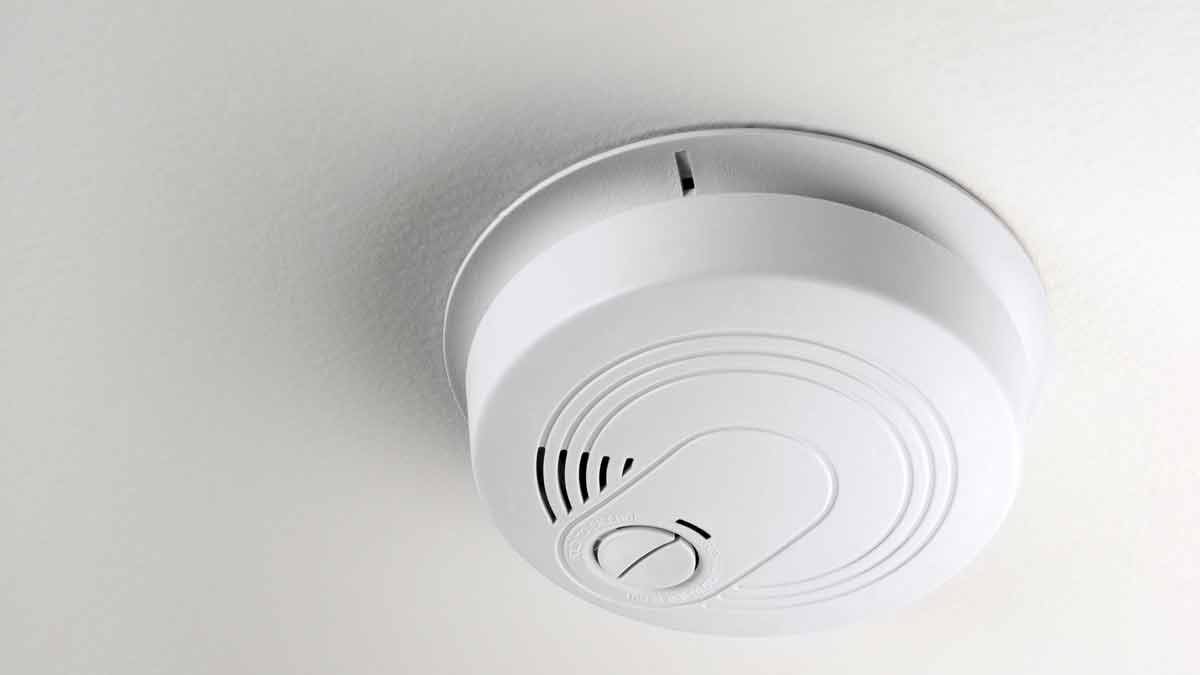
A new study by the University of Dundee is the latest to find that smoke alarms often fail to wake children. The findings, consistent with earlier studies, confirm the need for improved smoke alarm technology and for adults to wake children in the event of a fire.
The study, conducted by Dundee University and Derbyshire Fire and Rescue, found that of 27 of the 34, or 80 percent, of children tested repeatedly slept through smoke detector alarms. Along with adults over 65, children under 5 face the highest risk of death in a fire, according to the National Fire Protection Association.
“An interesting answer probably lies at the level of our human evolutionary response to potential danger. We are programmed to respond to human voices warning of danger, such as a mother’s voice shouting to warn a child. Children are not born pre-programmed for our modern world of danger warning sounds from digital beeps and sirens – they have to learn, recognize and interpret these sound,” said Rodney Mountain, of the University’s School of Medicine.
The university has developed an alarm with a lower pitch and a woman’s voice that says: “Wake up, the house is on fire” and is looking for 500 families to test the alarm. “Protecting our children in the event of fire is so fundamentally important that we want to involve parents and their children in expanding this research,” said Professor Niamh NicDaeid.
Previous studies including one conducted by the Center for Injury Research and Policy, Columbus Children’s Research Institute, Children’s Hospital, in Columbus, OH found that personalized alarms where the parent records the spoken alarm message was effective at waking children in 96 percent of cases.
Researchers emphasize that current smoke alarms should still be used as they play a vital role in fire safety and have saved countless lives. Until improvements that make them more effective for children can be made households with children should follow these safety tips:
- Never leave children in the house without a responsible adult being present;
- Create a Fire Exit Plan that that includes adults waking the children;
- Discuss the plan with all family members.